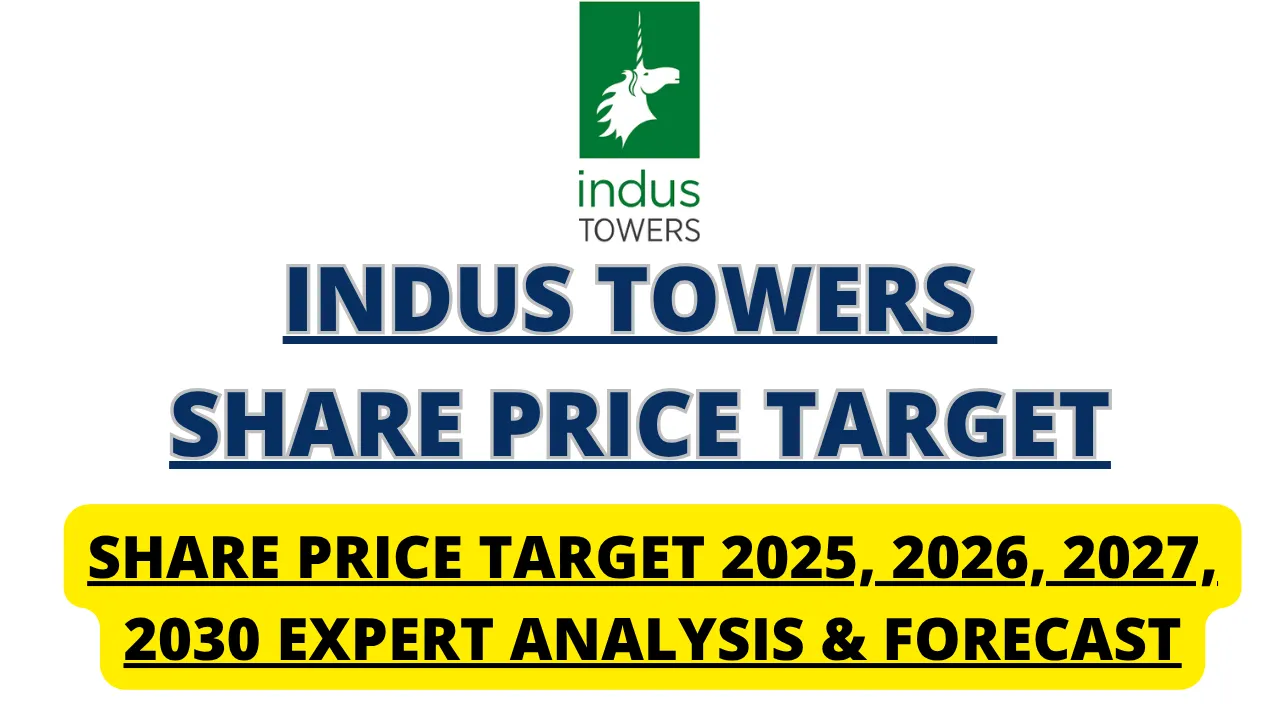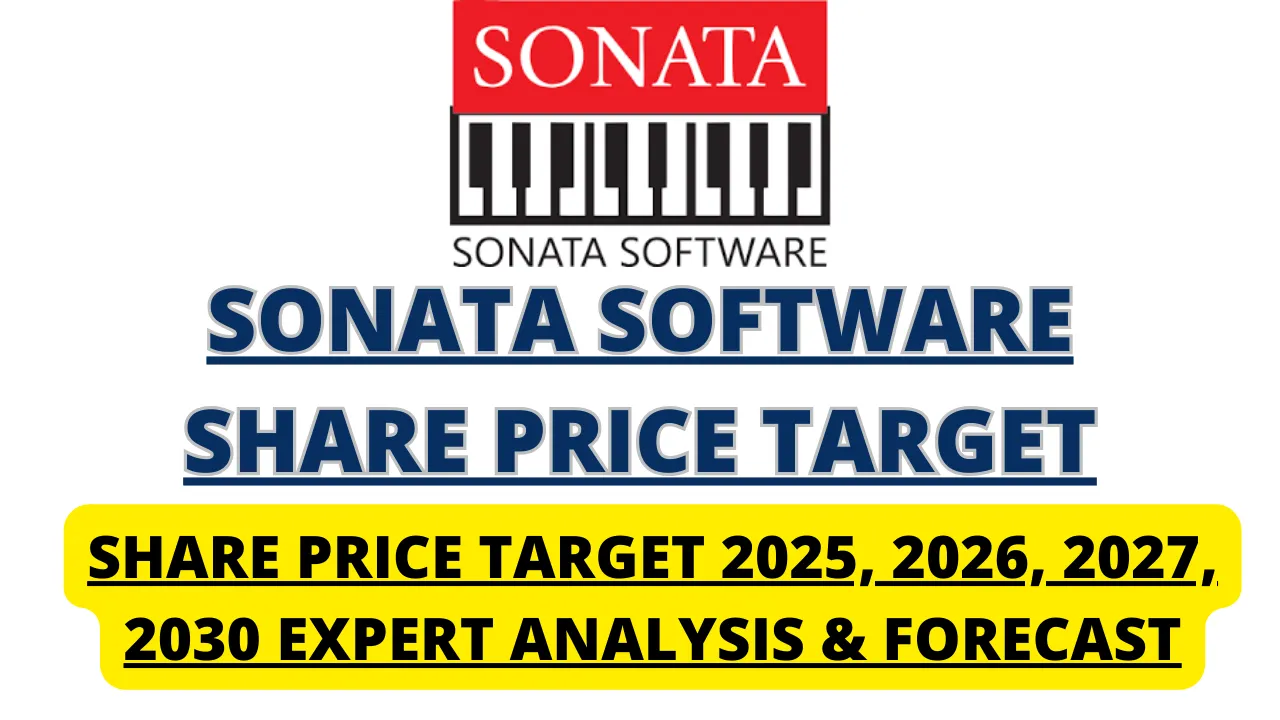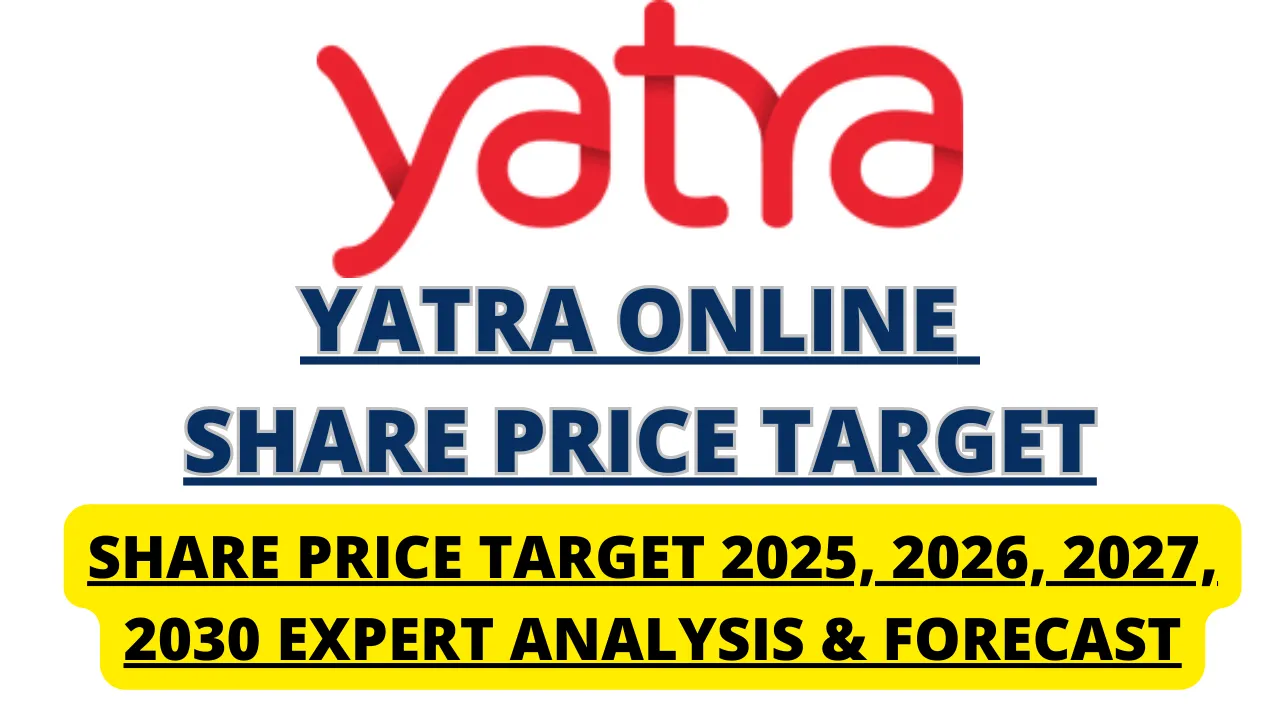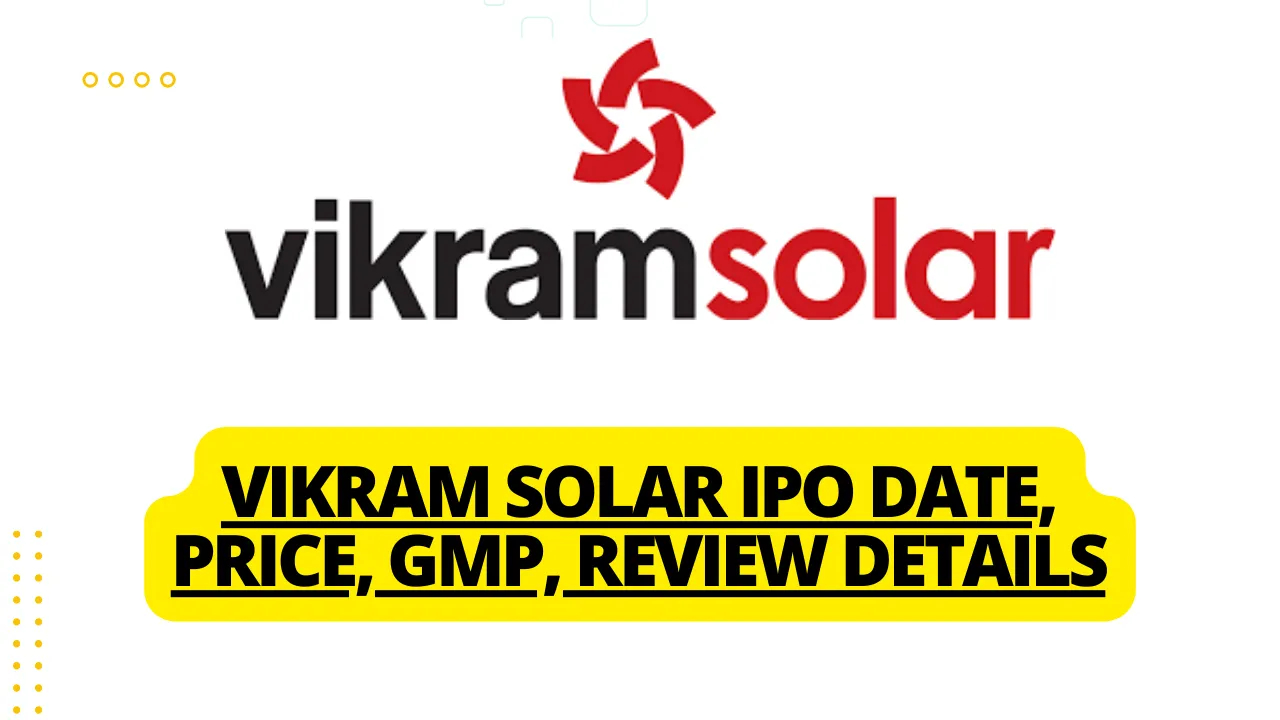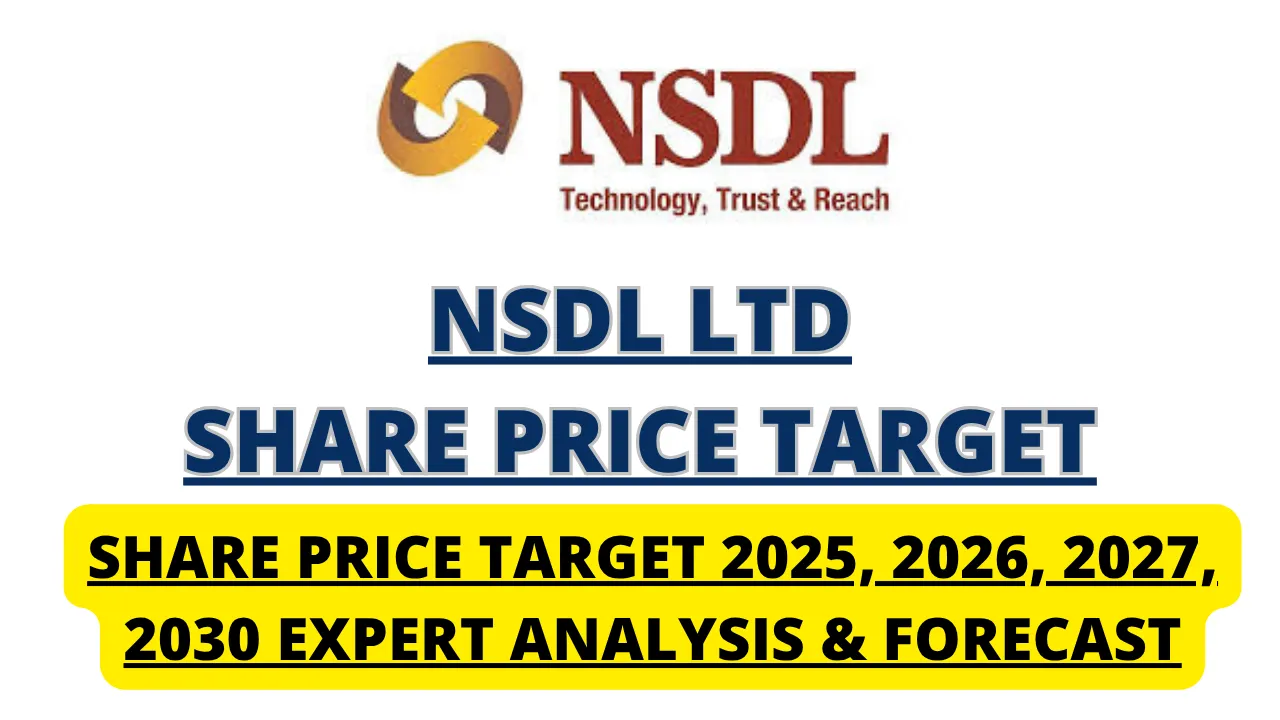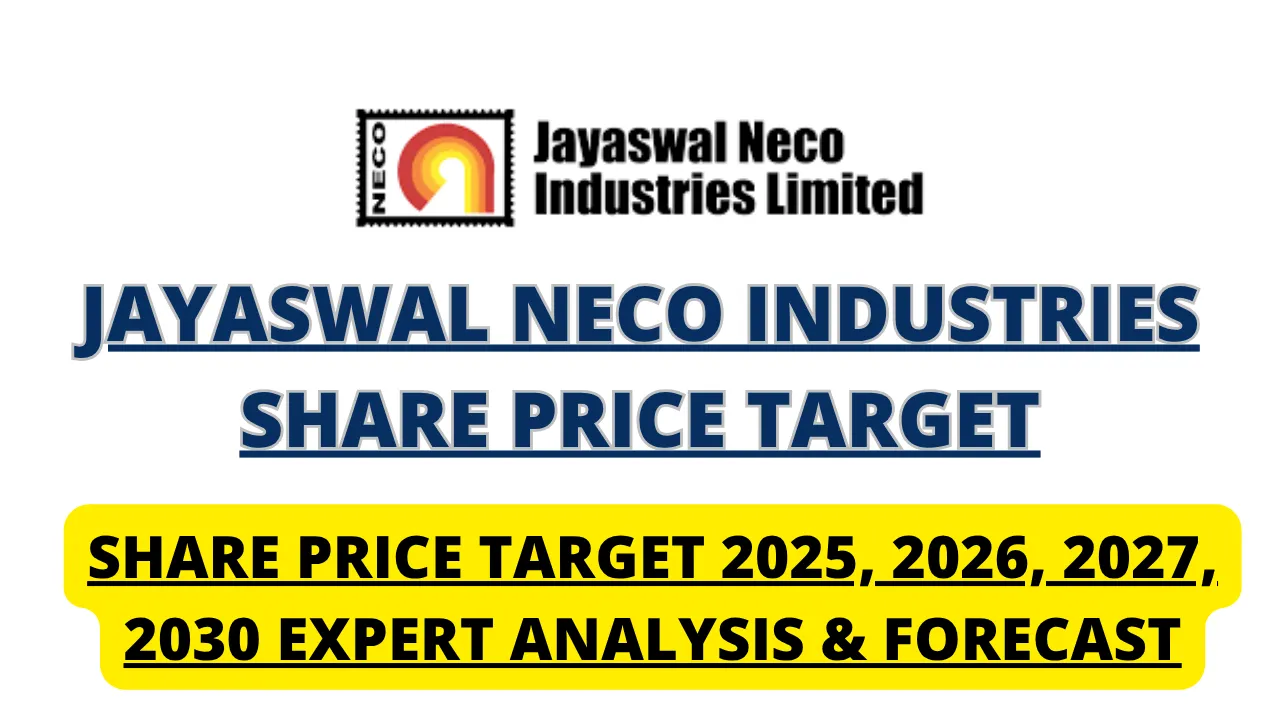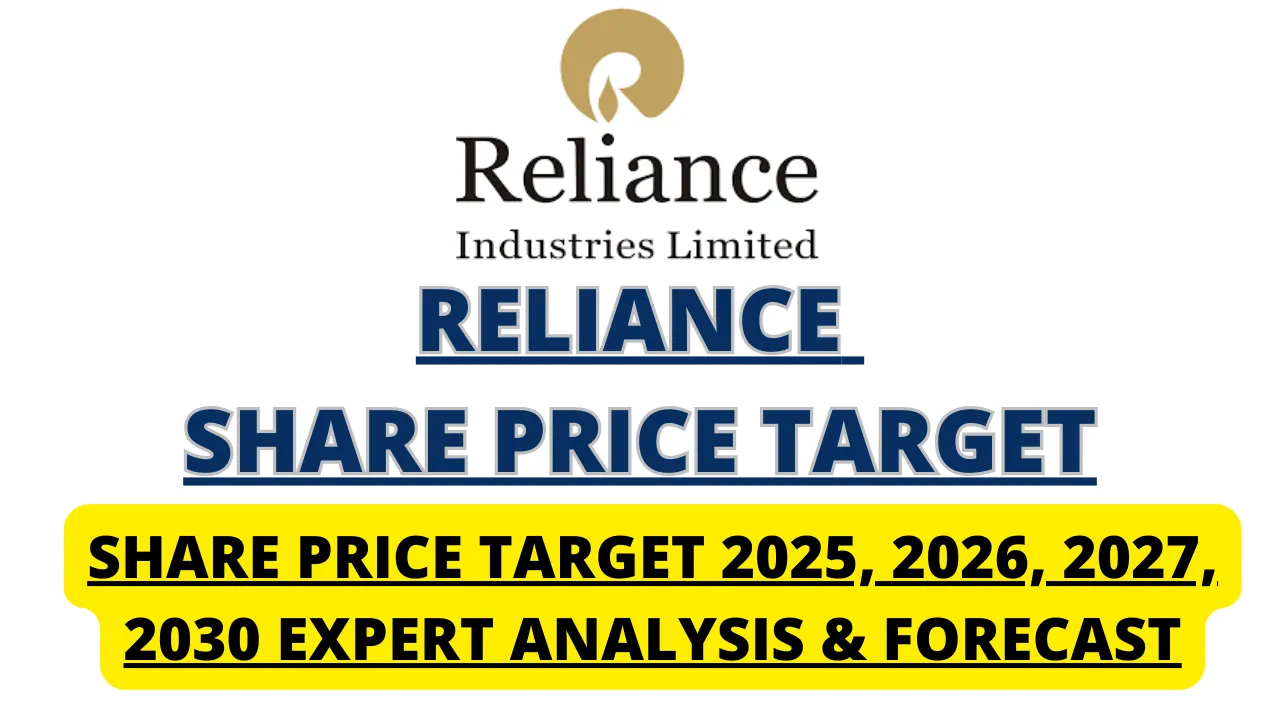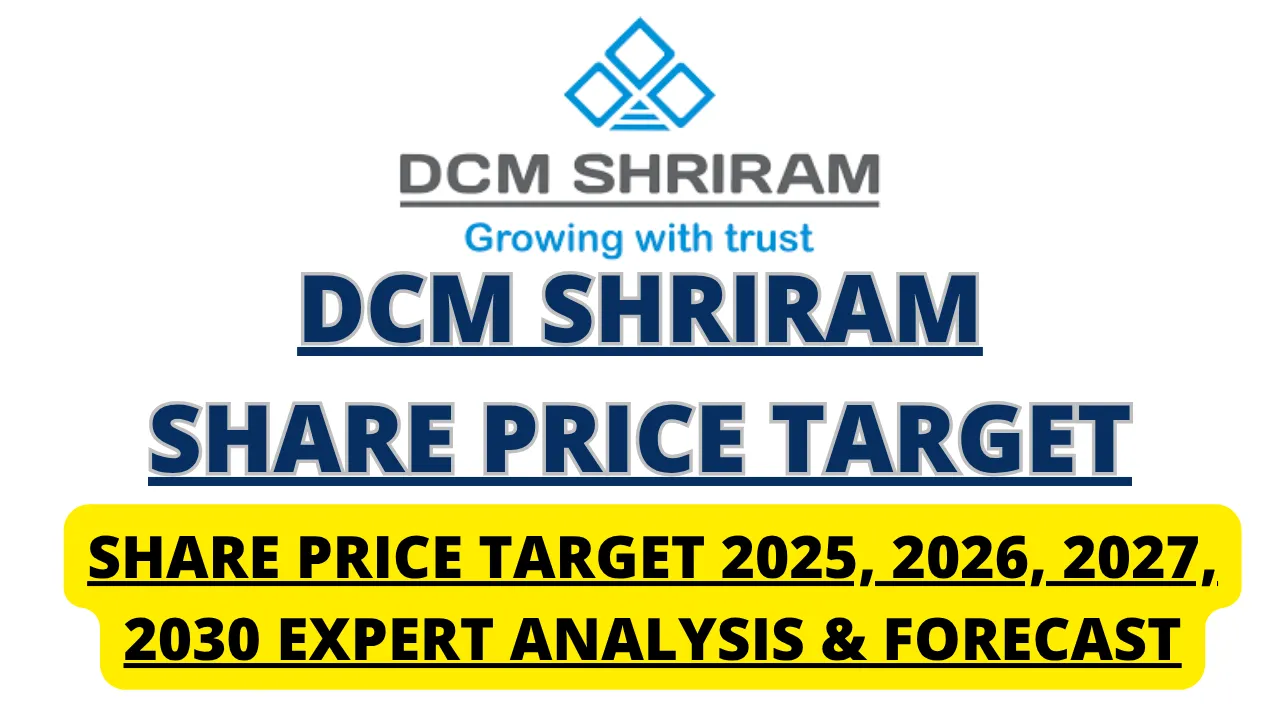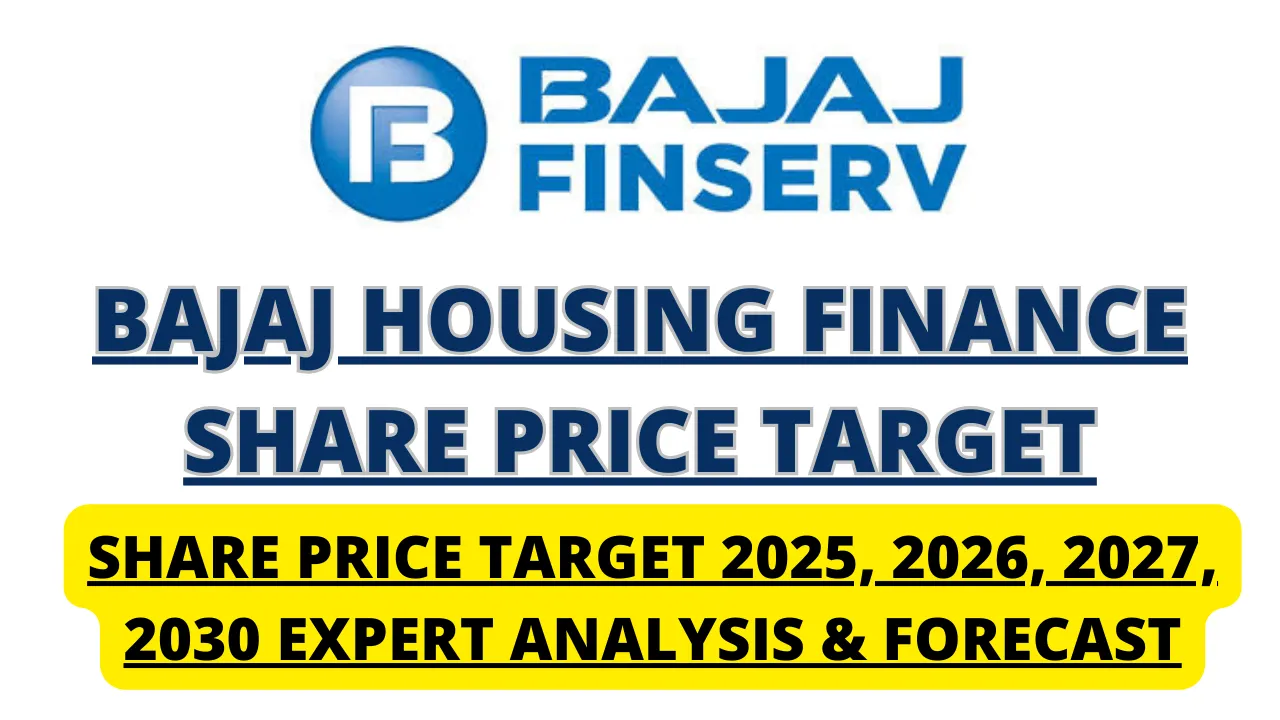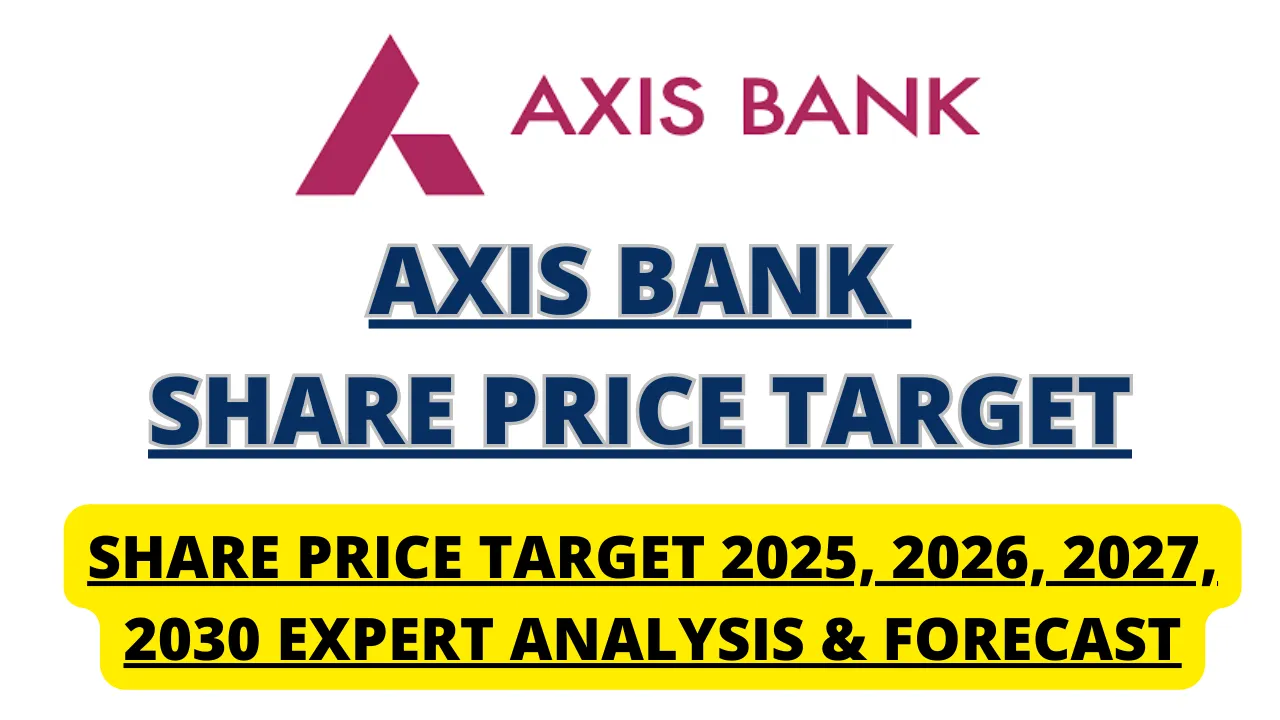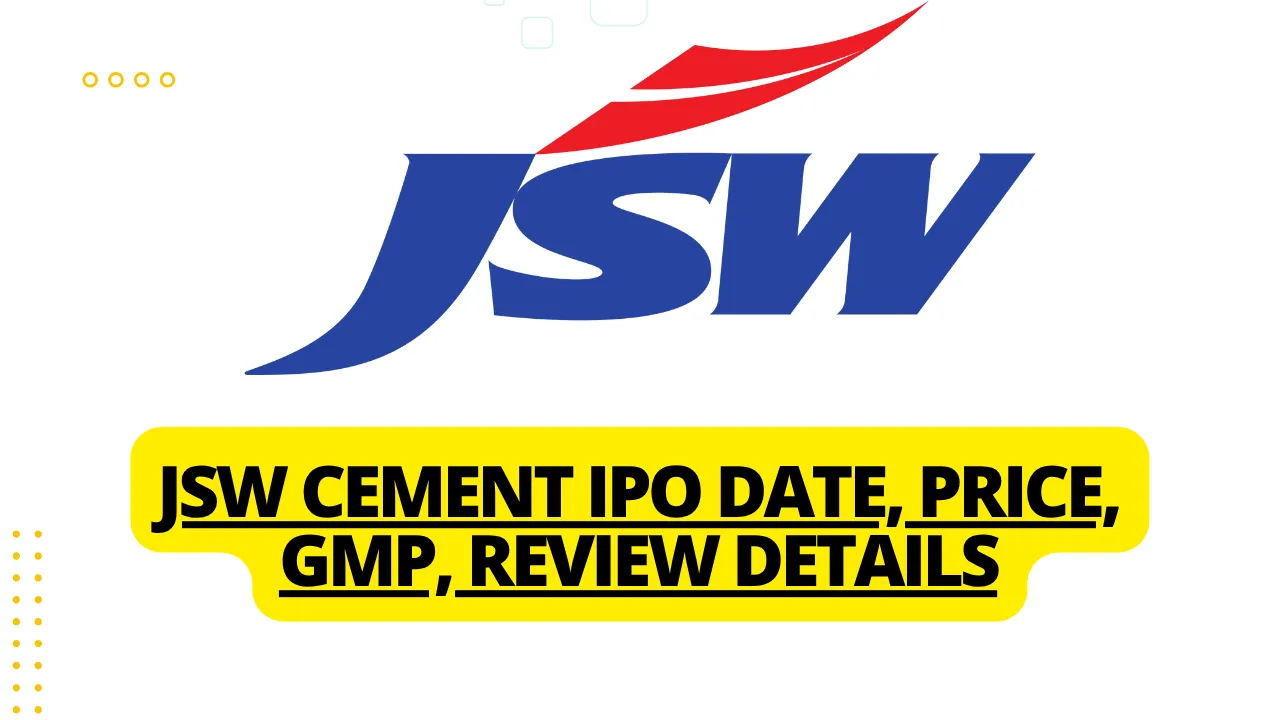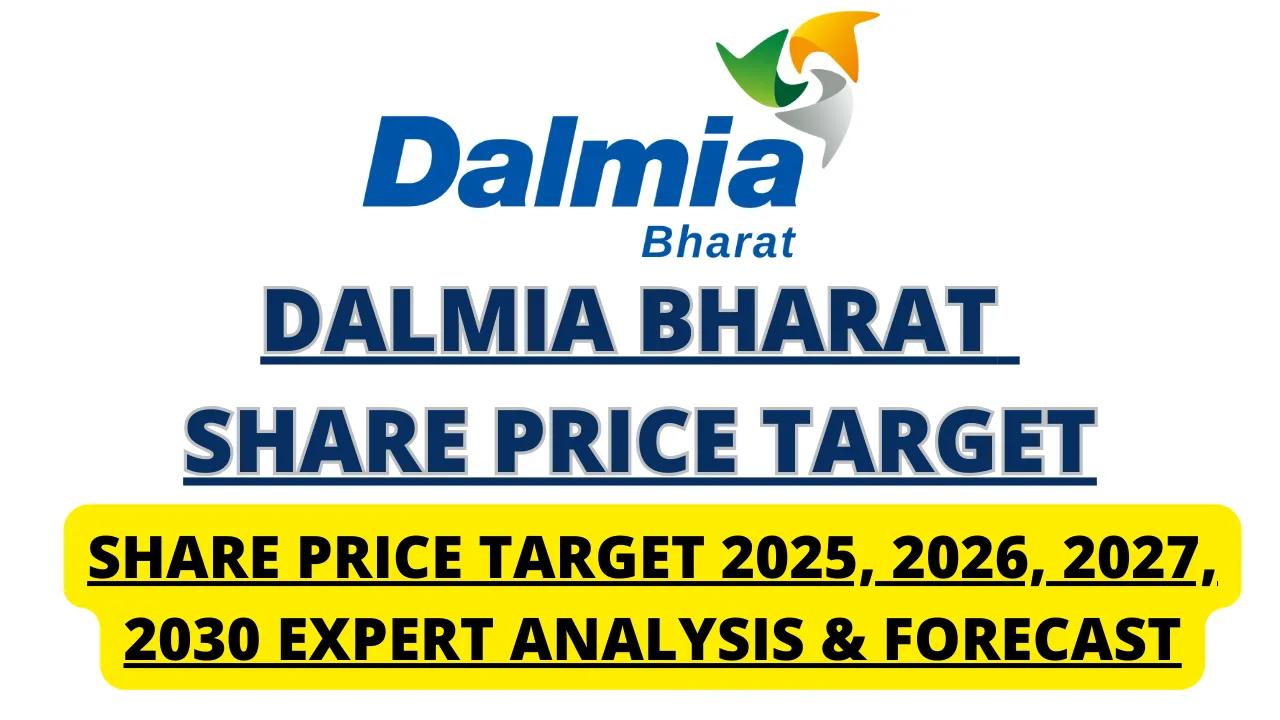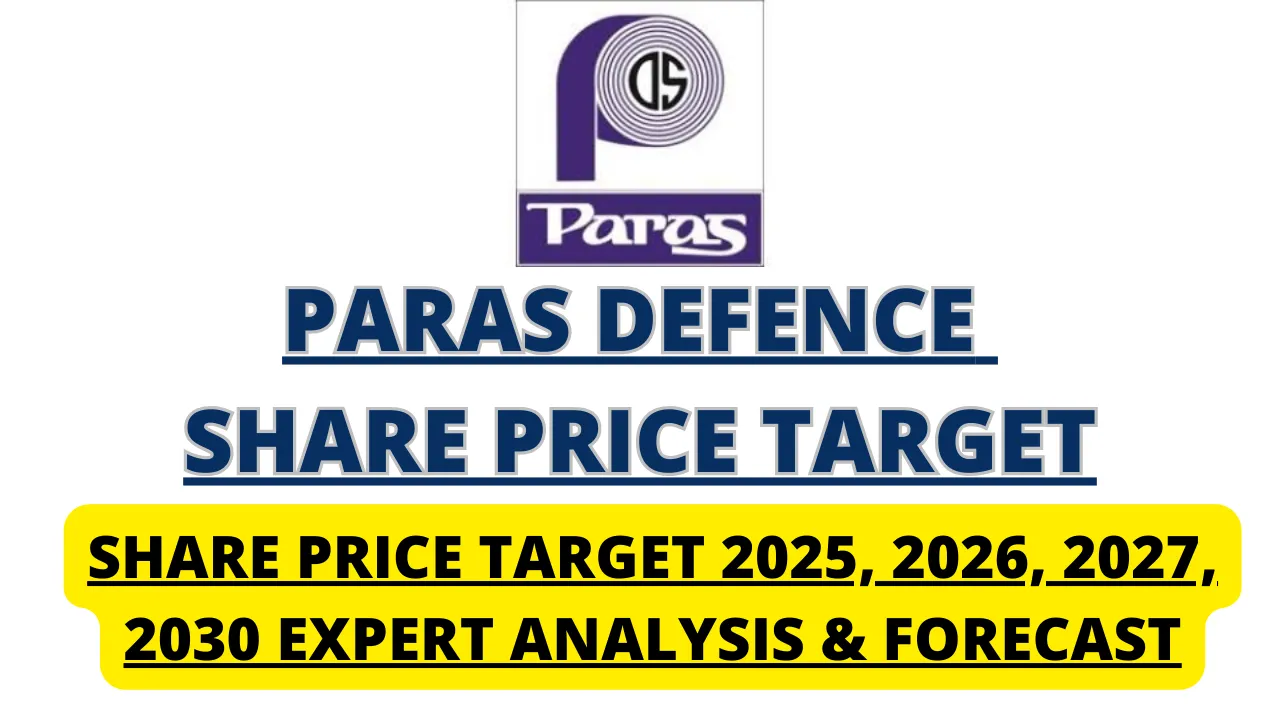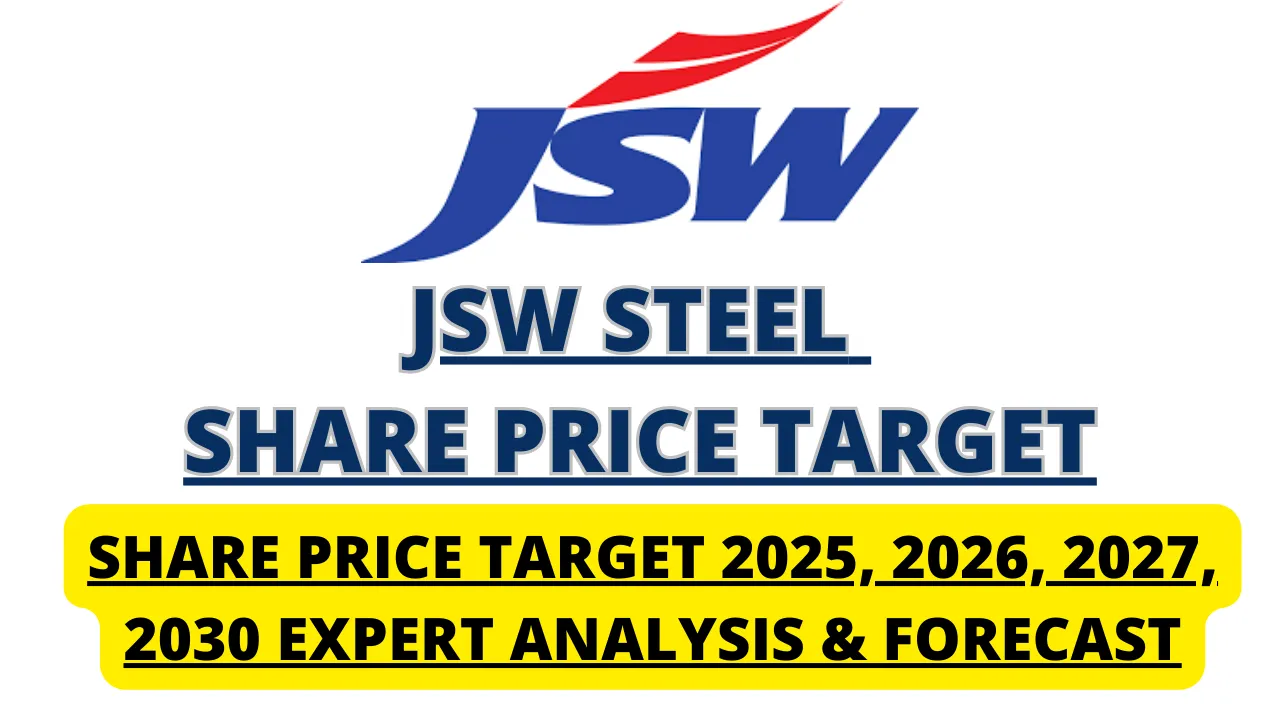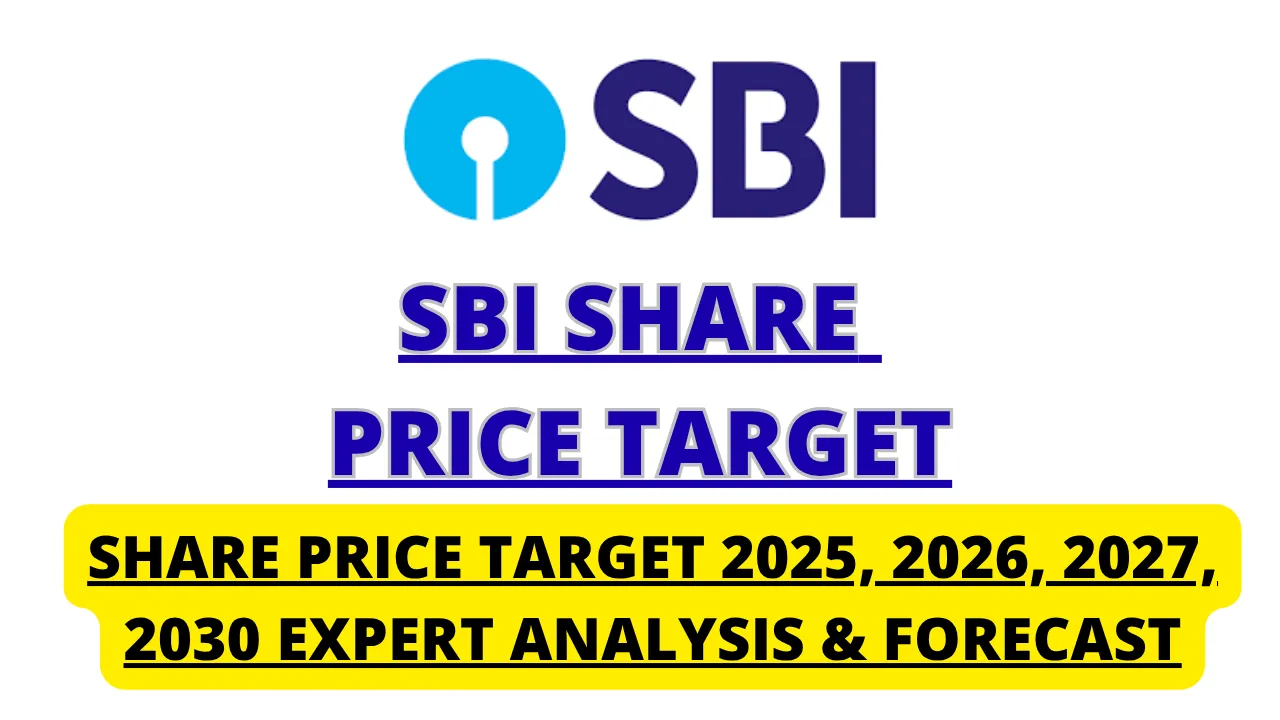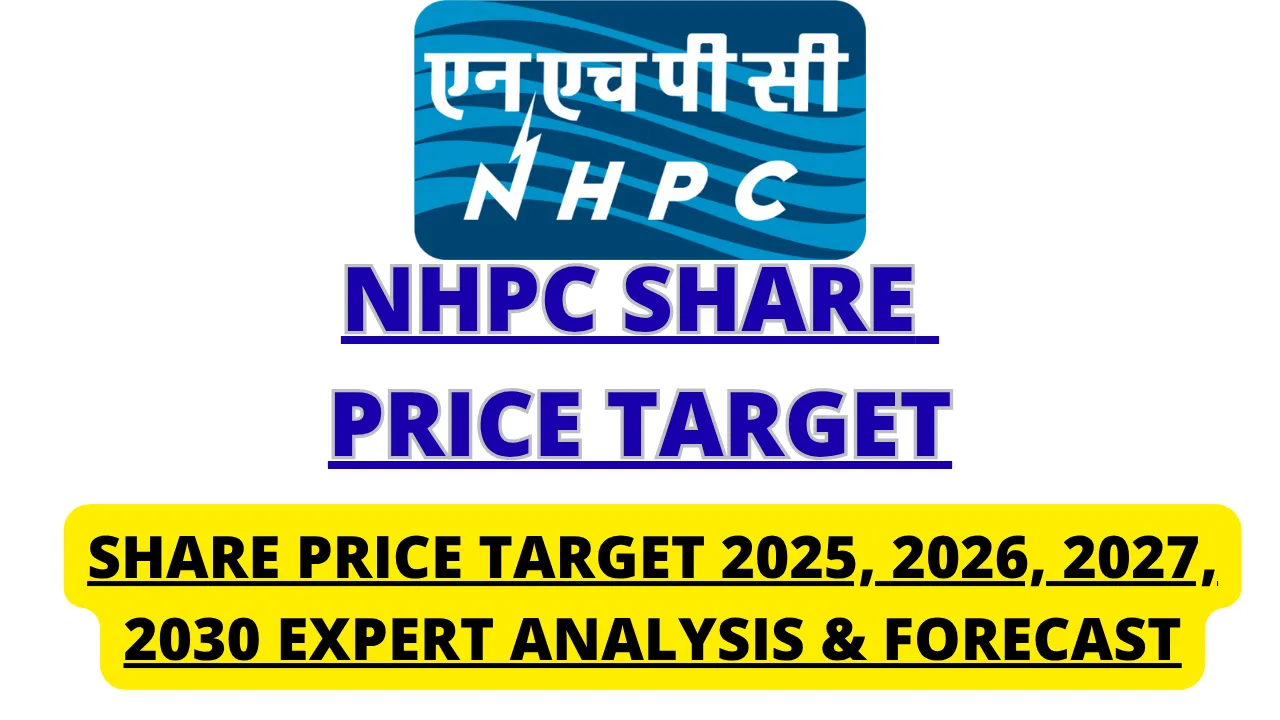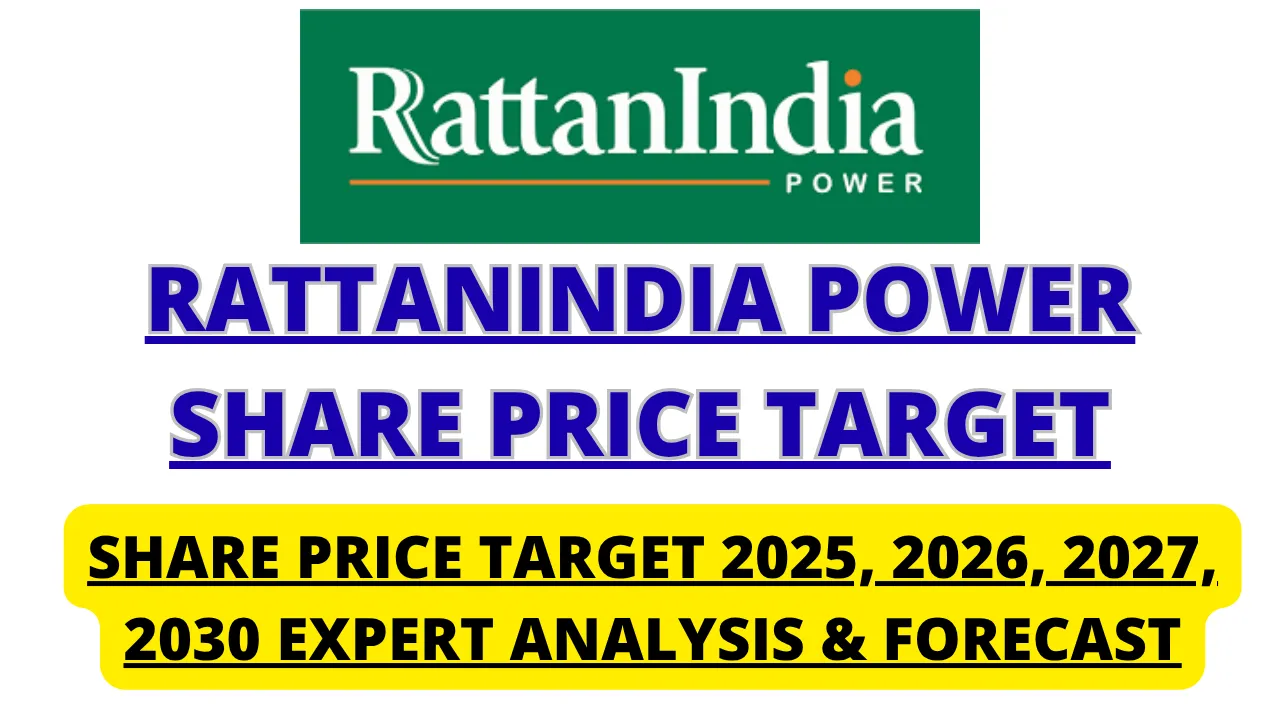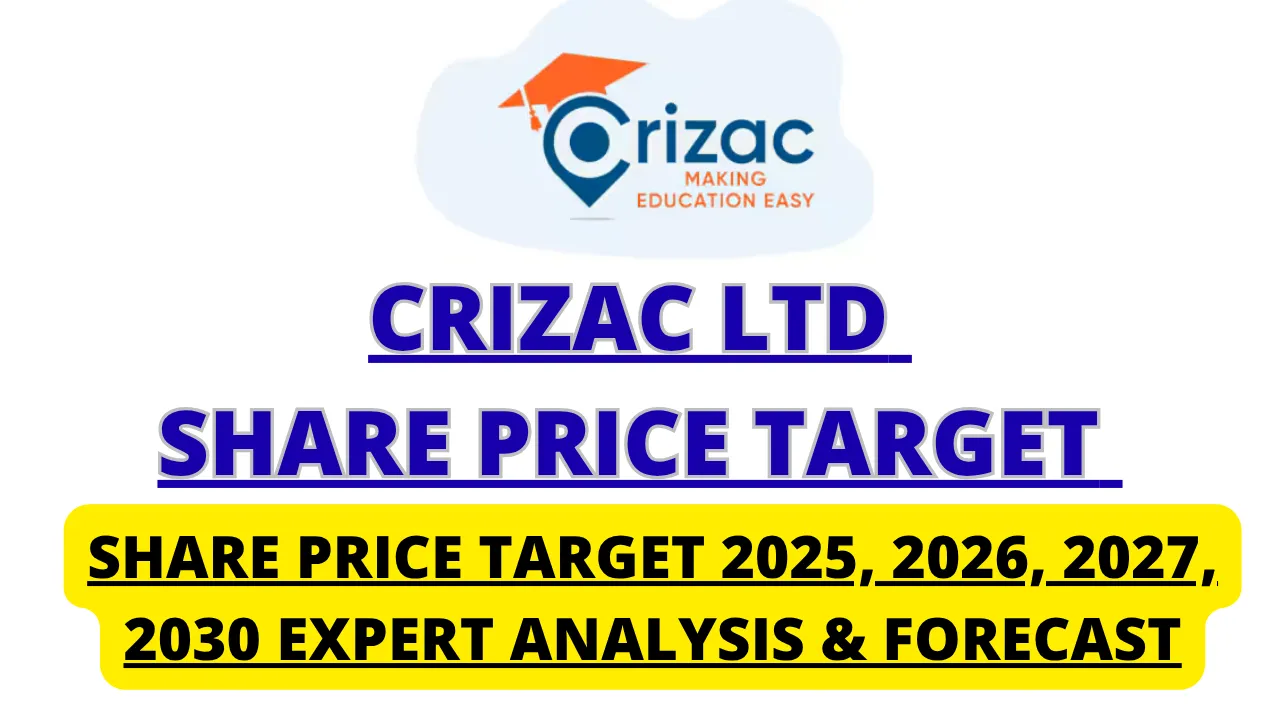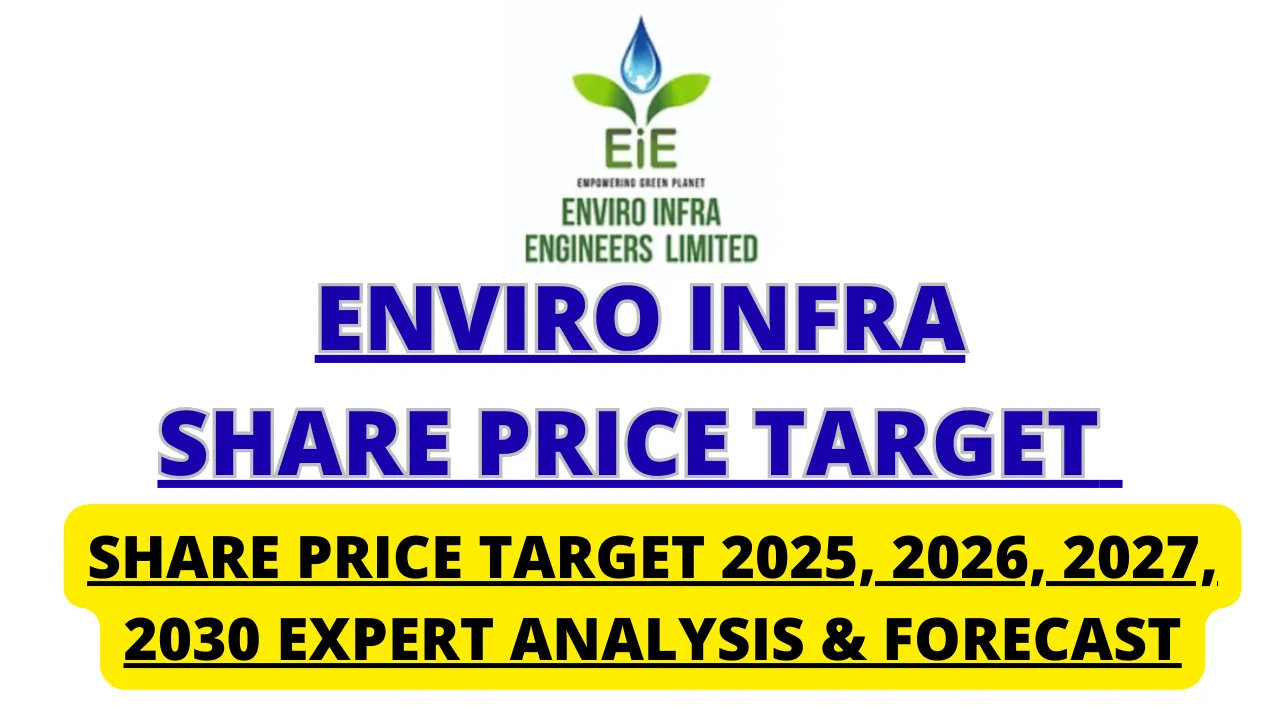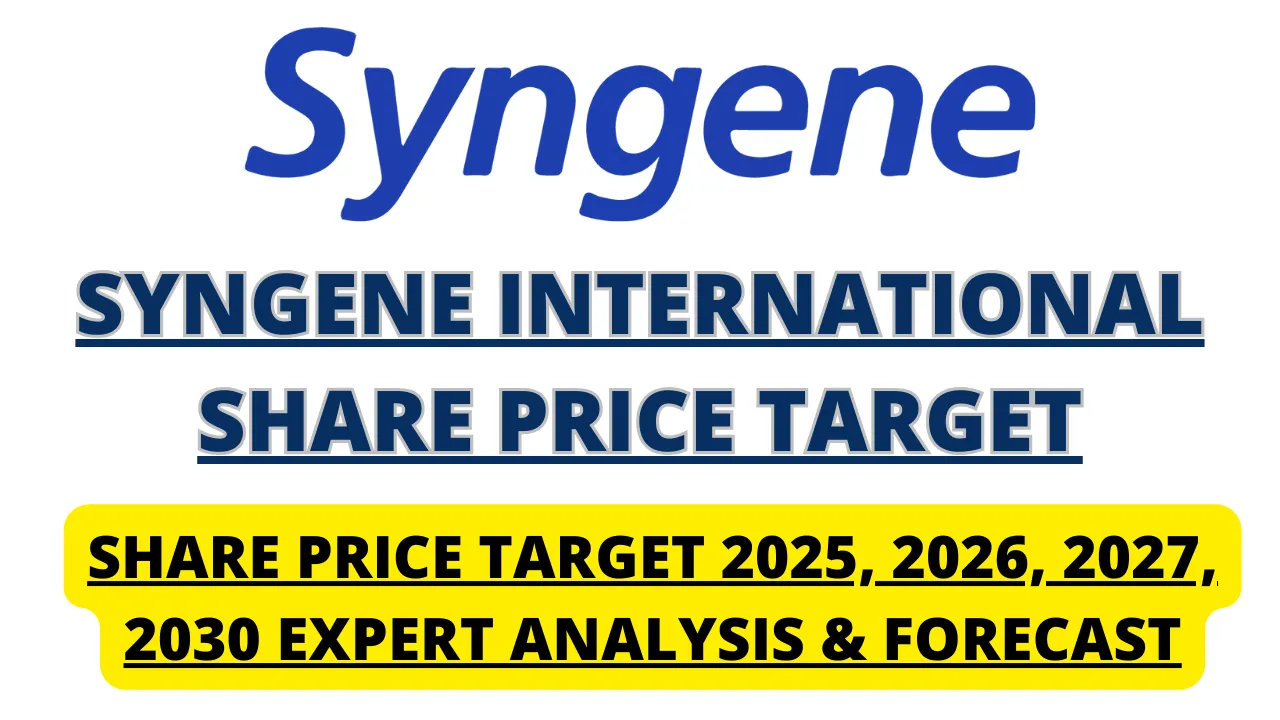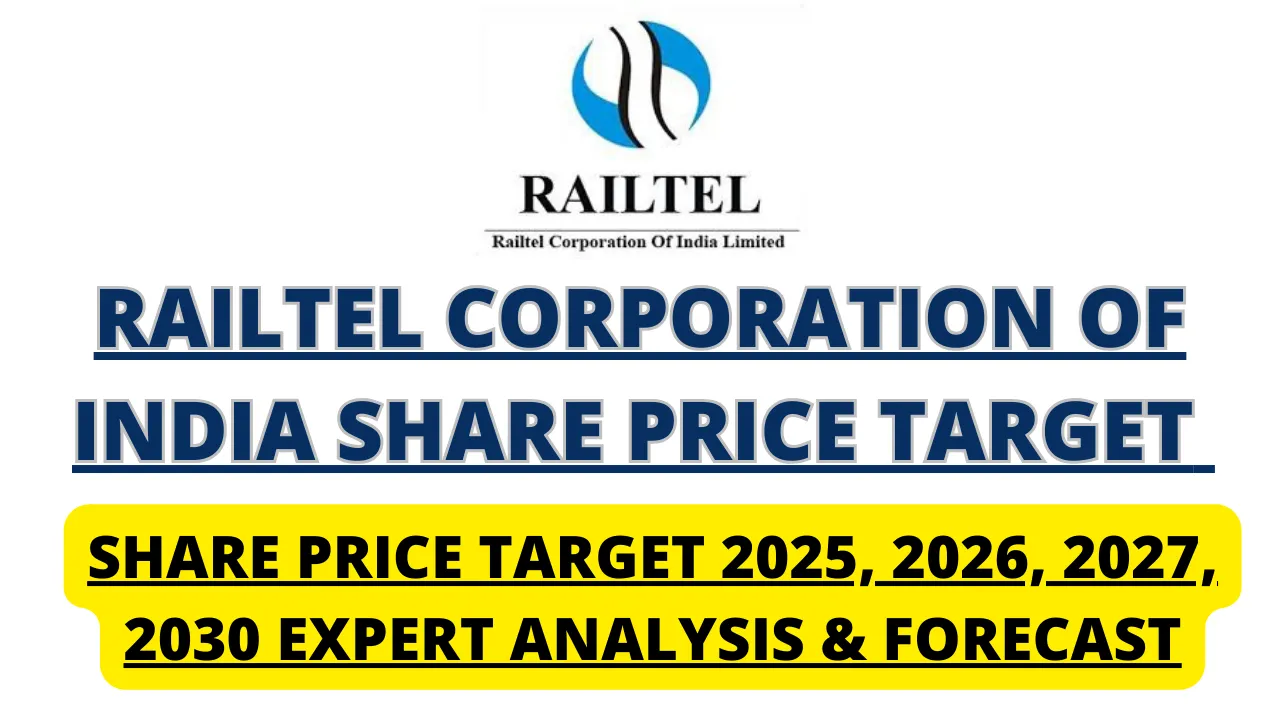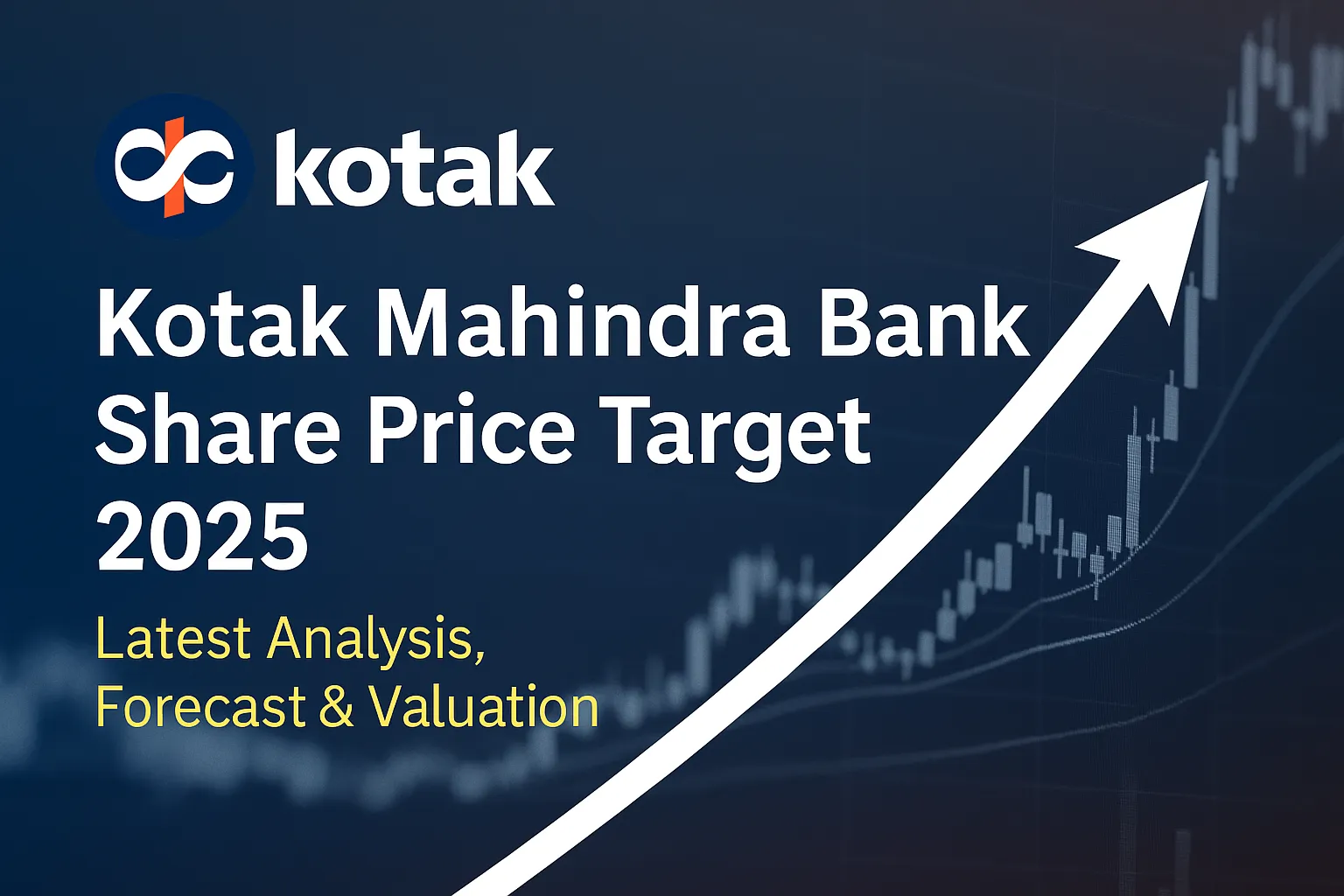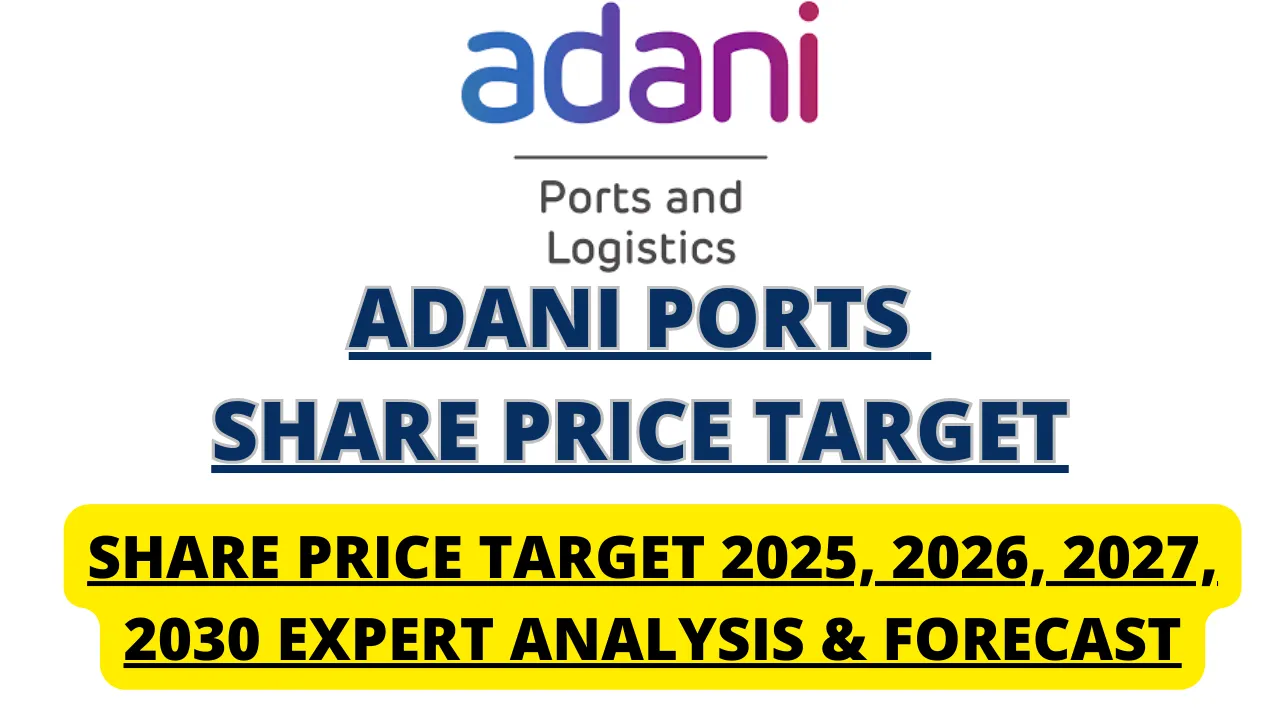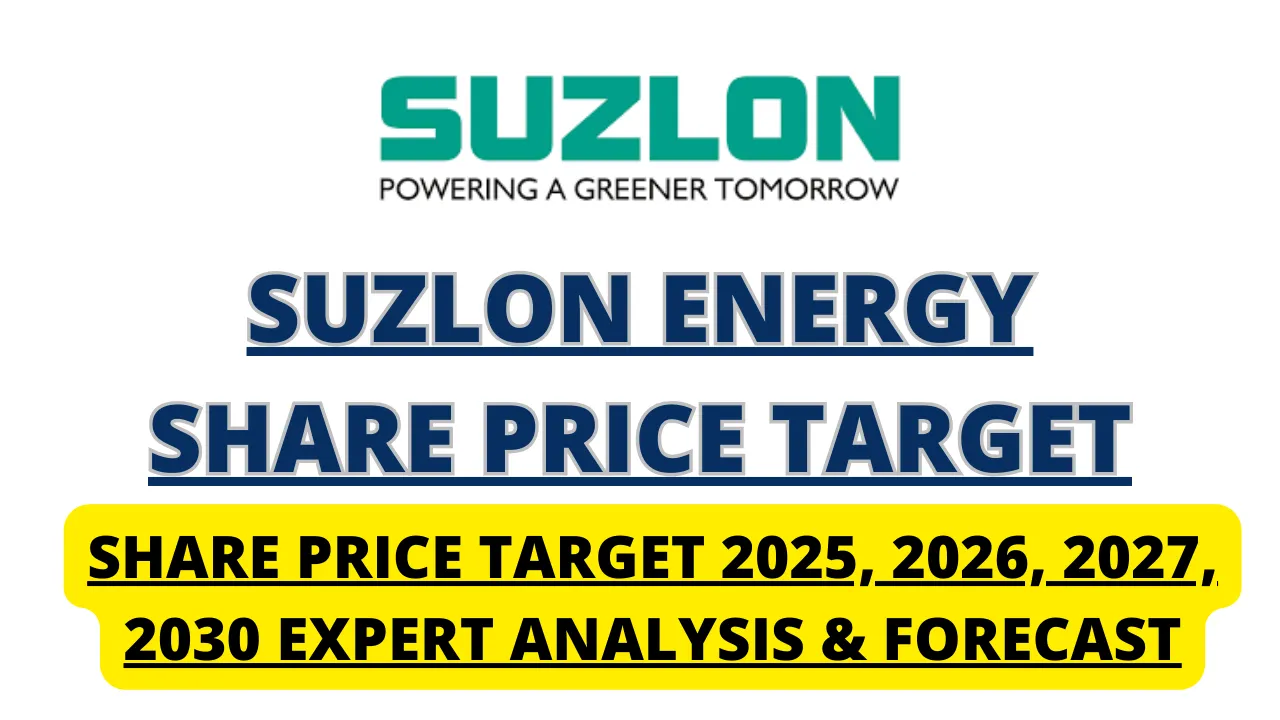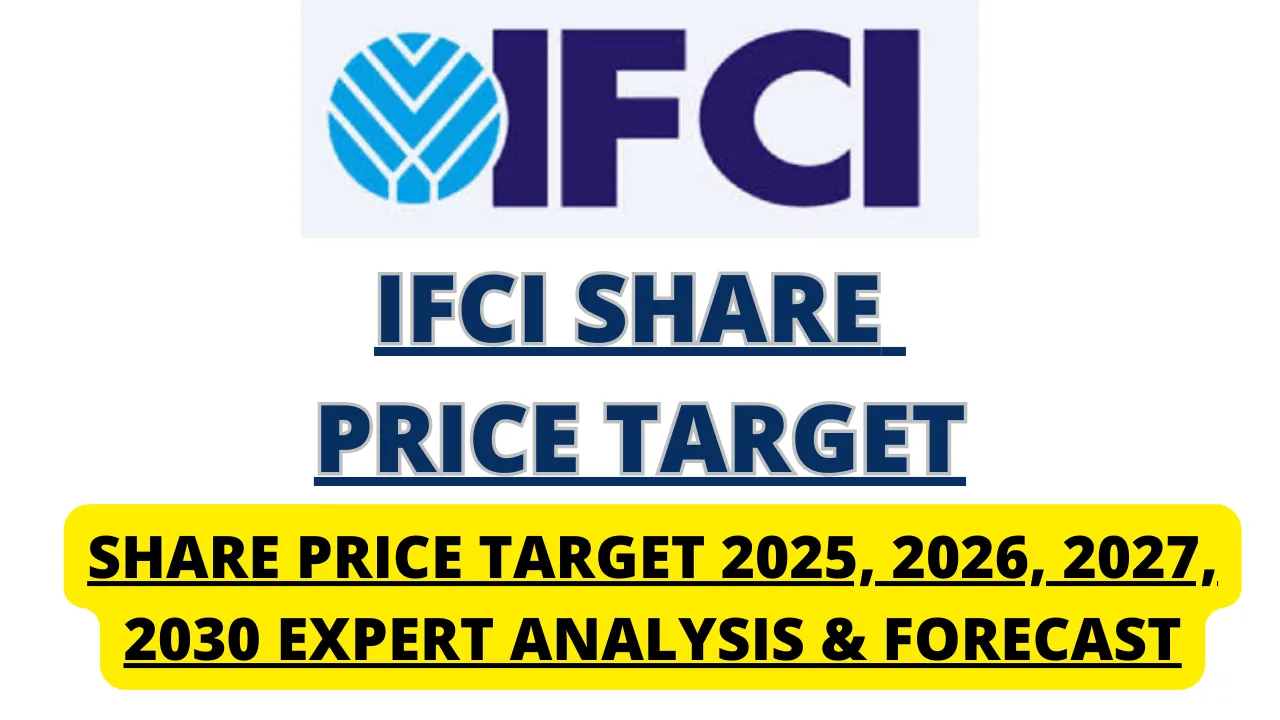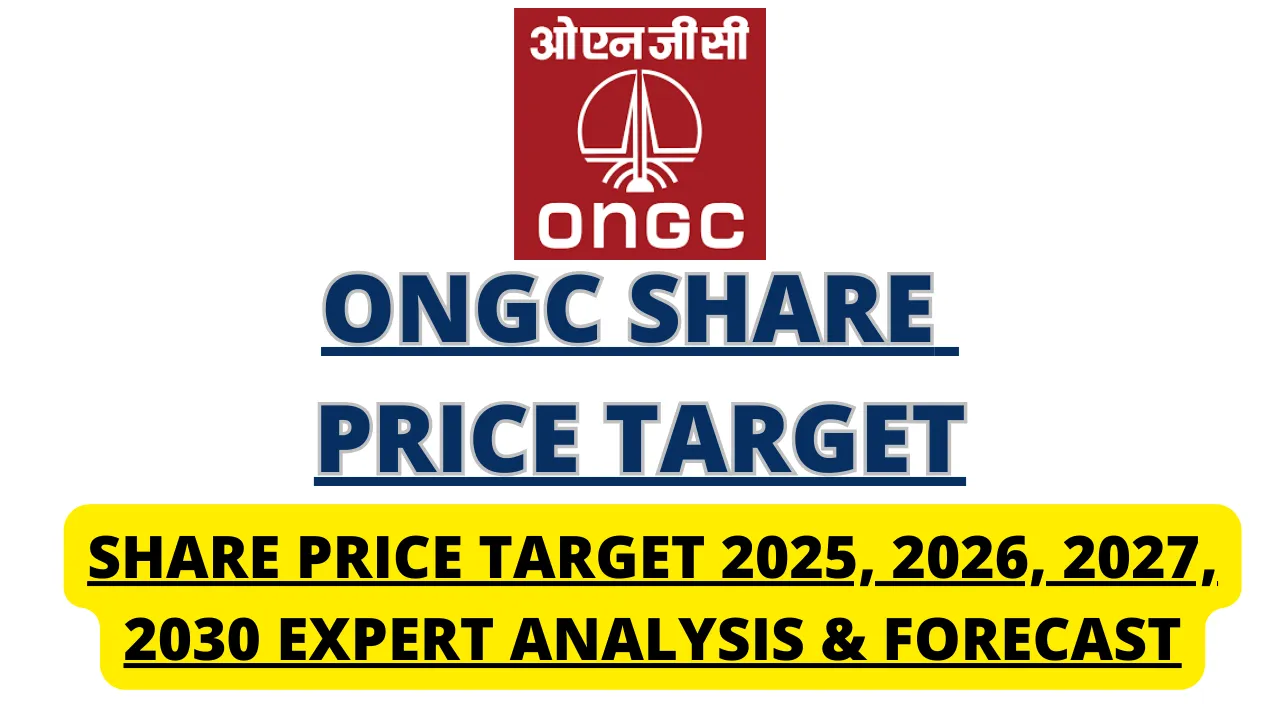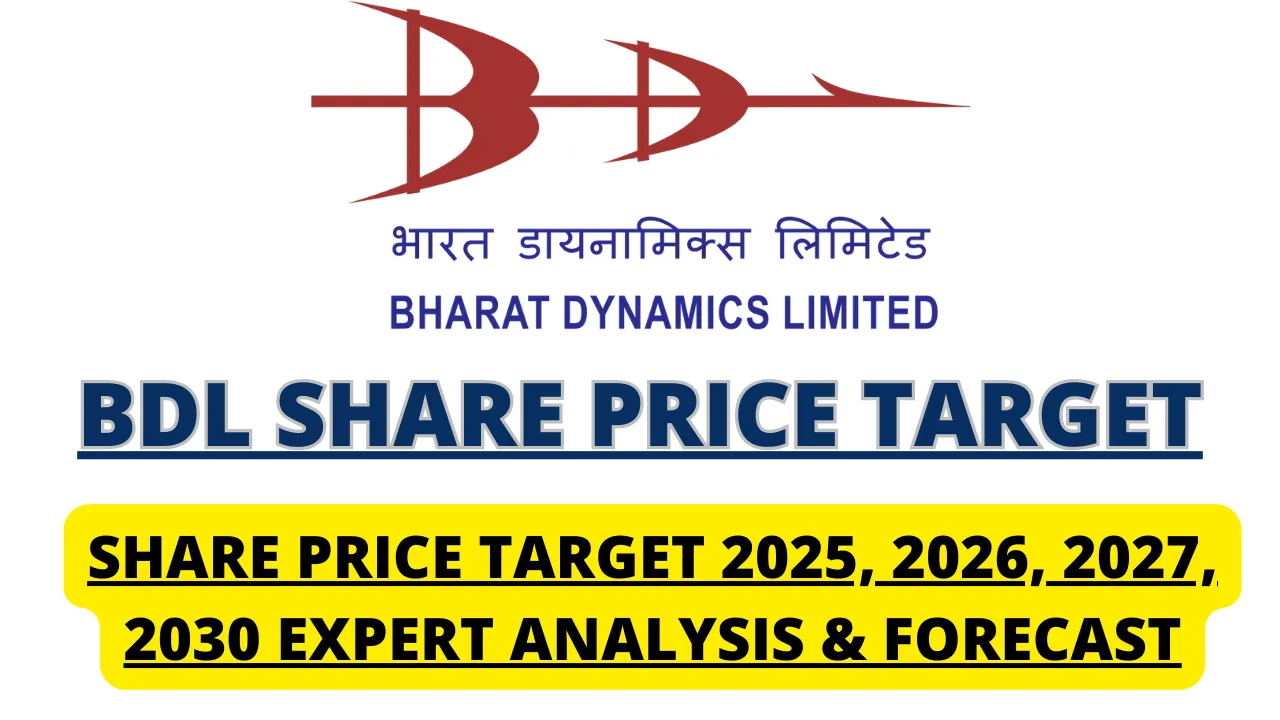Indus Towers Share Price Target 2025 to 2030; Indus Towers Ltd (NSE: INDUSTOWER) is India’s largest telecom tower infrastructure provider, with over 219,000 towers and 342,000 co‑locations across the country. Jointly owned by Bharti Airtel (50%), with strong partnerships and a presence across all 22 telecom circles, the company offers passive infrastructure, power, land leasing, and smart‑city digital solutions.
As of June 22, 2025, Indus Towers shares trade around ₹400 on the NSE, representing a ~20% gain over the past year . Its financial strength includes a ₹95,000 crore market cap, 26.6% ROE, favorable P/E of 10.8× (well below industry average P/E of ~22×), and strong net income of ₹3,997 crore in FY24 .
Indus Towers Share Price Target 2025 to 2030
| Year | Target Range (₹) |
|---|---|
| 2025 | 320–480 |
| 2026 | 400–650 |
| 2027 | 500–800 |
| 2028 | 580–900 |
| 2029 | 700–1,050 |
| 2030 | 850–1,300 |
Indus Towers Share Price Target 2025
Forecasts suggest a 2025 range of ₹320 to ₹480. The lower figure reflects near-term pressures from telecom capex cycles, while the upper bound assumes recovery in tenancy ratio, 5G rollout, and renewable‑powered tower supply.
Growth will be driven by upgrades in existing towers, new tenancies from telecom operators, and increased demand for sustainable energy solutions.
Indus Towers Share Price Target 2026 Outlook: ₹400–₹650
By 2026, the target range expands to ₹400–₹650. The lower figure aligns with conservative analyst forecasts—which suggest a slight upside (~₹428) —while the upper range assumes strong cash flow, improved RoCE, and accelerated 5G adoption.
Analysts project earnings growth and robust FCF, which may support higher valuations closer to the ₹600 fair‑value estimate from DCF models.
Indus Towers Share Price Target 2027 Outlook: ₹500–₹800
The 2027 forecast anticipates continued tenancy additions, greater co‑location efficiency, and cost control. The upper range of ₹800 relies on faster-than-expected adoption of IoT and smart‑city infrastructure as a service.
Potential catalysts include expansion of tower services to non‑telecom verticals, which would enhance earnings predictability.
Indus Towers Share Price Target 2028 Outlook: ₹580–₹900
For 2028, targets expand to ₹580–₹900. Key drivers include:
• Higher tenancy ratios and improved site economics
• Renewables penetration reducing power expenses
• Incremental revenue from digital and managed smart infrastructure services
A ₹900 valuation assumes a re‑rating close to ~20× forward EPS, justified by steady cash flows and operational efficiency.
Indus Towers Share Price Target 2029 Outlook: ₹700–₹1,050
By 2029, the stock may reach ₹700–₹1,050. The range assumes sustained dividend benefits, stable telecom sector growth, and introduction of carbon‑credit monetization or energy‑resale business models.
This stage reflects a mature, cash-rich telecom infrastructure platform.
Indus Towers Share Price Target 2030 Outlook: ₹850–₹1,300
By 2030, projection range broadens to ₹850–₹1,300. The upper end assumes a significant re-rating to high-growth infrastructure multiples due to:
• Continued 5G / 6G evolution
• Diversified revenue from smart-city hubs
• Capital returns via dividends or buybacks
Even the lower bound reflects enduring demand for core tower services.
Key Short‑ and Long‑Term Growth Drivers
- 5G Rollout
INDUSTRUCT will benefit significantly from increased site density and enhanced data traffic. - Integrated Infrastructure Offering
Expansion into power, land hosting, and digital solutions improves revenue diversification. - Sustainable Energy Adoption
Use of solar and hybrid power setups reduces energy expenses, aiding margin improvement . - Financial Resilience
Low leverage (0.75 D/E) and strong FY24 net income of ₹4,000 crore supports reinvestment and returns . - ESG and Carbon Monetization
Leadership in green energy and potential for ESG-linked revenues position the company for premium valuations .
Risks & Challenges
• Technology Disruption: Trends like OpenRAN or small cells may reduce tower tenancy growth .
• Customer Concentration: Heavy reliance on telecom majors introduces concentration risk.
• Regulatory Shifts: Policy changes in right-of‑way or environmental standards could increase operational costs.
• Technological Redundancy: Advances in telecom architecture may limit long-term tower demand.
Investment Outlook
Indus Towers offers a compelling combination of stable core infrastructure cash flows, attractive dividend yield, and upside from 5G and smart infrastructure expansion. Its P/E valuation of ~10—well below industry levels—offers opportunity for mean reversion
Target-based strategies:
• Short-term: Look for ₹480 key resistance as the market digests FY25 results and telecom operator capex.
• Medium-term: A rise near ₹650–₹800 becomes likely with 5G rollout and digital services ramp-up.
• Long-term: ₹1,050–₹1,300 targets anticipate full deployment of smart infrastructure and optimal tenancy levels.
Conclusion
Indus Towers stands out as a core infrastructure play in India’s telecom landscape. With strengths in 5G, green initiatives, and integrated services, it offers reliable long-term value. A methodical investment approach—from entry near ₹400, through mid‑term catalysts near ₹800, to long‑term upside near ₹1,300—aligns well with its evolving growth story.
Disclaimer: This article is for informational purposes and does not constitute financial advice. Please consult a registered financial advisor before making investment decisions.
